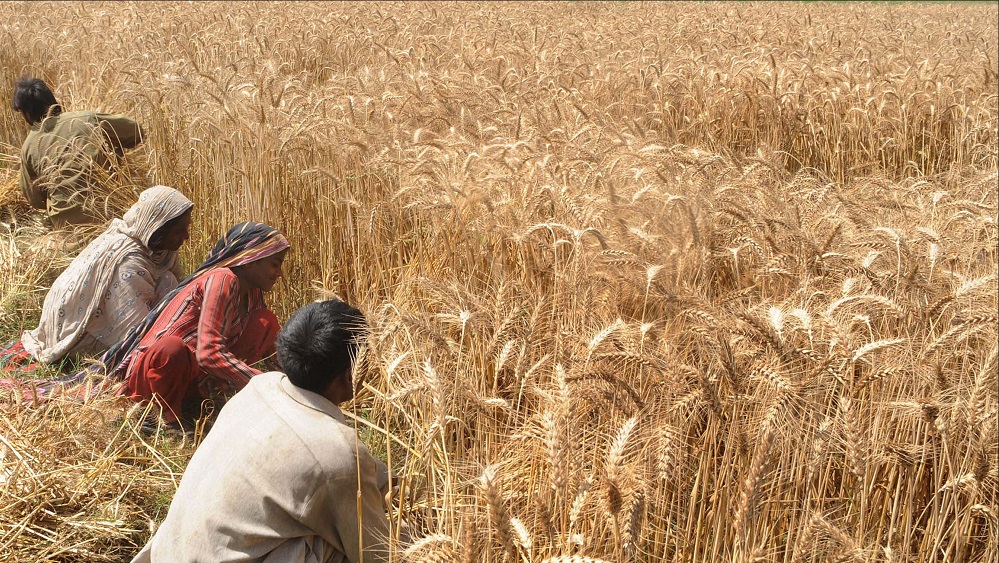ADB in its latest report titled “Key Indicators for Asia and the Pacific 2018”, states that significant gains in reforestation were observed in Taipei, China (4.5%); the Philippines (3.1%); and Azerbaijan (2.4%). The biggest losses in the amount of forested land occurred in Pakistan (2.8%), Myanmar (1.9%), and Timor-Leste (1.6%).
As a percentage of GDP, the largest deficits were in Brunei Darussalam (9.9%), Mongolia (6.2%), Pakistan (5.8%), and Myanmar (5.7%) in 2017.
The report further states that Pakistan lags behind other economies of Asia and the Pacific in terms of its use of foreign inputs, with a backward participation ratio of close to 5 percent in local production processes. This is largely because Pakistan’s leading exports were textiles and textile products, whose intermediate goods and services were mainly sourced domestically.
More Facts and Figures
The lowest average (male and female) levels of primary educational attainment in the latest year for which data is available were observed in Pakistan (71.3%), the Marshall Islands (76.9%), and Papua New Guinea (77.4%), says the Asian Development Bank (ADB).
Stunted growth among children below the age of 5 years is 45 percent in Pakistan, compared to 40.9 percent in Afghanistan.
Although safe water is essential for daily living, access to safely managed drinking water services was available to at least 95% of the population in only 5 of 18 economies with available data for 2015. These economies include Hong Kong, China (safely managed drinking water services available to 100.0% of the population); New Zealand (100%), Singapore (100%), the Republic of Korea (98.0%), and Japan (97.2%).
Meanwhile, less than half of the population in Tajikistan (47.4%), Pakistan (35.6%), Bhutan (34.2%), Nepal (26.8%), and Cambodia (24.1%) had access to safely managed drinking water. From 2000 to 2015, Armenia, Azerbaijan, and New Zealand increased the proportion of their respective populations using safely managed drinking water services by more than 20 percentage points.
Notwithstanding growing urbanization, all economies of Asia and the Pacific with available data have reduced the proportion of the urban population living in slums. From 2000 to 2014, the Lao People’s Democratic Republic (47.9 percentage points), Cambodia (23.8), Bangladesh (22.7), Mongolia (22.2) and Viet Nam (21.6) decreased the proportion of their urban populations that live in slum areas by at least 20 percentage points.
However, the decline in the proportion of the urban population living in slums was fewer than 5 percentage points for Thailand (1.0), Pakistan (3.2), and Myanmar (4.6).
The dollar value of financial and technical assistance increased in 31 of 40 reporting economies when comparing averages over the periods 2000–2008 and 2009–2016.
The dollar value of the average financial and technical assistance between the two periods of time grew by over 250% in Kazakhstan, Mongolia, Myanmar, and. In absolute terms, Afghanistan ($897.3 million), Indonesia ($676.1 million), Pakistan ($480.2 million), and Viet Nam ($406.3 million) had the largest growth in average financial and technical assistance over the two periods of time.



























Where is India in this article?